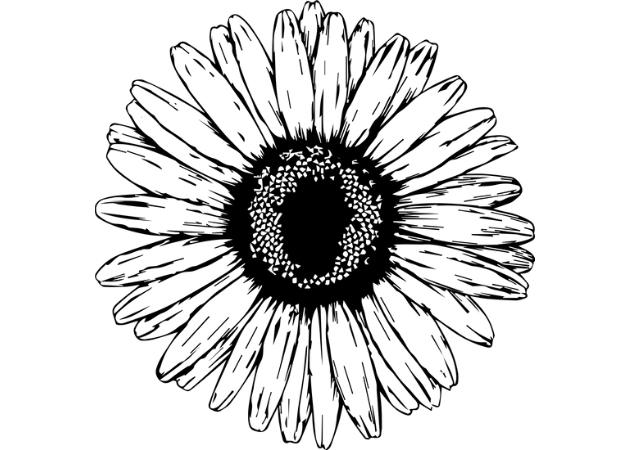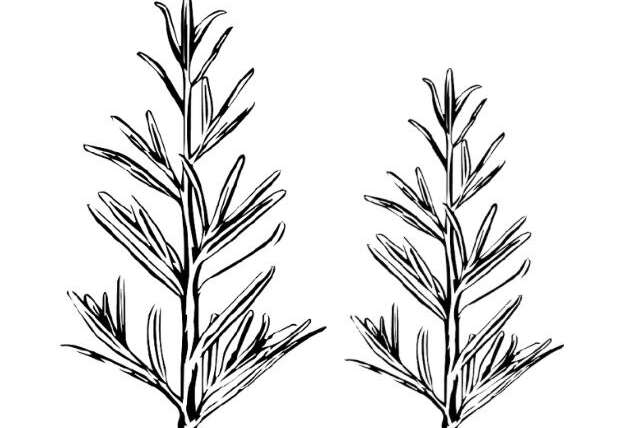” Chamomile is one of the oldest, most widely used and well documented medicinal plants in the world and has been recommended for a variety of healing applications (7). Chamomile is a native of the old World and is a member of the daisy family (Asteraceae or Compositae). The hollow, bright gold cones of the flowers are packed with disc or tubular florets and are ringed with about fifteen white ray or ligulate florets, widely represented by two known varieties viz. German chamomile (Matricaria chamomilla) and Roman chamomile (Chamaemelum nobile) (8) …
…The dried flowers of chamomile contain many terpenoids and flavonoids contributing to its medicinal properties. Traditionally, chamomile has been used for centuries as an anti-inflammatory, antioxidant, mild astringent and healing medicine (28). As a traditional medicine, it is used to treat wounds, ulcers, eczema, gout, skin irritations, bruises, burns, canker sores, neuralgia, sciatica, rheumatic pain, hemorrhoids, mastitis and other ailments (29, 30). Externally, chamomile has been used to treat diaper rash, cracked nipples, chicken pox, ear and eye infections, disorders of the eyes including blocked tear ducts, conjunctivitis, nasal inflammation and poison ivy (31, 32). Chamomile is widely used to treat inflammations of the skin and mucous membranes, and for various bacterial infections of the skin, oral cavity and gums, and respiratory tract. Chamomile in the form of an aqueous extract has been frequently used as a mild sedative to calm nerves and reduce anxiety, to treat hysteria, nightmares, insomnia and other sleep problems (33). Chamomile has been valued as a digestive relaxant and has been used to treat various gastrointestinal disturbances including flatulence, indigestion, diarrhea, anorexia, motion sickness, nausea, and vomiting (34, 35). Chamomile has also been used to treat colic, croup, and fevers in children (36). It has been used as an emmenagogue and a uterine tonic in women. It is also effective in arthritis, back pain, bedsores and stomach cramps.
Essential oils of chamomile are used extensively in cosmetics and aromatherapy. Many different preparations of chamomile have been developed, the most popular of which is in the form of herbal tea consumed more than one million cups per day. In this review we describe the use of chamomile in traditional medicine with regard to evaluating its curative and preventive properties, highlight recent findings for its development as a therapeutic agent promoting human health.”
Janmejai K Srivastava,1,2,* Eswar Shankar,1,2 and Sanjay Gupta1,2,3
REFERENCES:
7. Astin JA, Pelletier KR, Marie A, Haskell WL. Complementary and Alternative medicine use among elderly persons: One year analysis of Blue Shield medicare supplement. J Gerontol. 2000;55:M4–M9. [PubMed] [Google]
8. Hansen HV, Christensen KIb. The common chamomile and the scentless may weed revisited. Taxon. International Association for Plant Taxonomy. 2009;Vol. 58:261–264. [Google Scholar]
28. Weiss RF. In: Herbal Medicine. Arcanum AB, editor. Beaconsfield, U.K: Beaconsfield publishers; 1988. pp. 22–28. [Google Scholar]



